Flowering Spurge Info – Learn How To Grow Flowering Spurge Plants
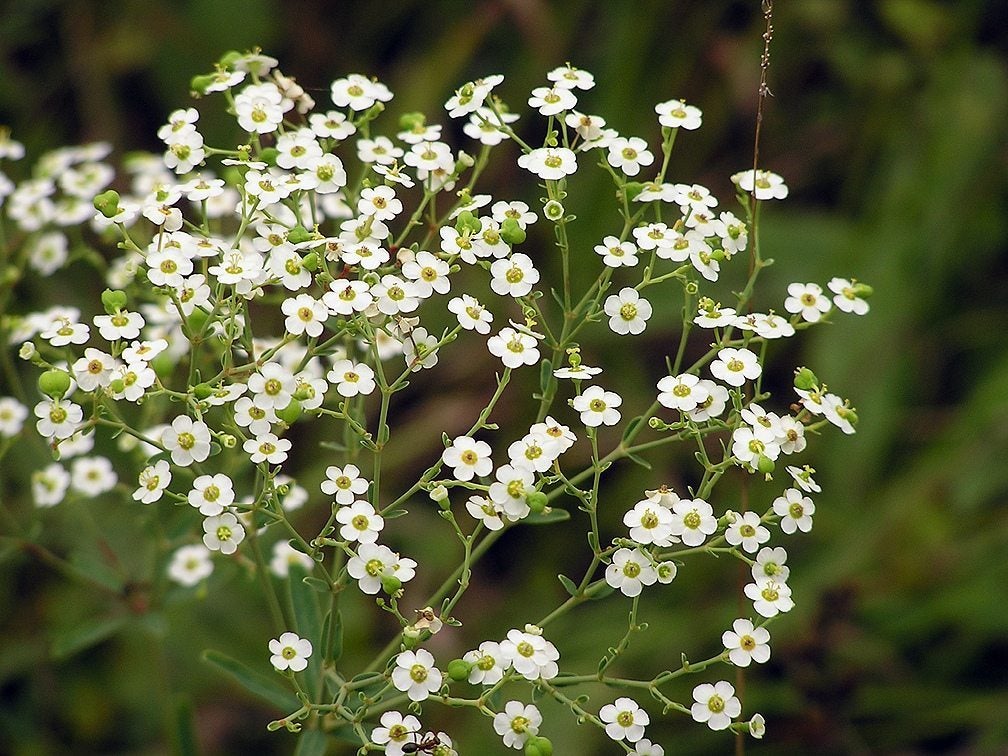

What is flowering spurge? Flowering spurge (Euphorbia corollata) is a perennial that grows wild in prairies, fields, and forests and along roadsides across most of the eastern two-thirds of the United States. Also known as baby’s breath of the prairie, flowering spurge plants produce white, green-centered flowers from early summer to late summer. Bees love the tiny blooms. Growing flowering spurge isn’t difficult as long as you can provide the right conditions. Read on to learn more.
How to Grow Flowering Spurge
Flowering spurge grows best in poor, dry, well-drained soil. Full sun is ideal, but a little light shade is okay, too. Purchase flowering spurge plants at a nursery that specializes in native plants. If you can’t find any, you may need to order seeds or save your own by gathering a few seed pods in late summer or early fall before the pods burst. Spread the pods on a pan or tray to dry, then separate the seeds from the dry husks. Store the seeds in a paper envelope until you’re ready to plant. The easiest way to grow flowering spurge plants from seed is to simply press the seeds into the surface of the soil in late autumn. If you’d rather plant in spring, mix the seeds in a plastic bag with a handful of damp sand and store them in the refrigerator for a month. Add a little water occasionally and don’t allow the sand to dry out. Planting seeds indoors doesn’t usually work. Flowering spurge has long taproots and the plants don’t transplant well. However, you may be able to divide mature plants in spring or fall.
Are Flowering Spurge Plants Invasive?
Flowering spurge self-seeds generously and is considered a noxious weed in some areas, including certain parts of the Midwest. Check with your local cooperative extension if you’re concerned about invasiveness in your area. Removing blooms before they go to seed can also limit rampant growth.
Flowering Spurge Care
Flowering spurge requires no special attention; just water occasionally during extremely dry weather. Please note: All parts of flowering spurge plants are poisonous and can cause nausea and vomiting if ingested. Additionally, the milky sap can irritate the skin and sometimes cause blisters. Be sure to keep the sap out of your eyes.
Gardening tips, videos, info and more delivered right to your inbox!
Sign up for the Gardening Know How newsletter today and receive a free copy of our e-book "How to Grow Delicious Tomatoes".

A Credentialed Garden Writer, Mary H. Dyer was with Gardening Know How in the very beginning, publishing articles as early as 2007.
-
 Looking For Plants To Give You The Soft And Fuzzies? Try These 5 Fuzzy Leaf Plant Options
Looking For Plants To Give You The Soft And Fuzzies? Try These 5 Fuzzy Leaf Plant OptionsLovers of texture, drama, silver foliage and tactile plants will adore these special sensory garden additions. These fuzzy leaf plant options will leave you all aglow
By Susan Albert
-
 Get Ready For A Summer Of Hummers! Grow These Full Sun Hummingbird Plants and Flowers
Get Ready For A Summer Of Hummers! Grow These Full Sun Hummingbird Plants and FlowersIf you’re lucky enough to enjoy a sunny backyard, make sure you are maxing out on your pollinator opportunities and grow these full sun hummingbird plants and flowers
By Tonya Barnett
-
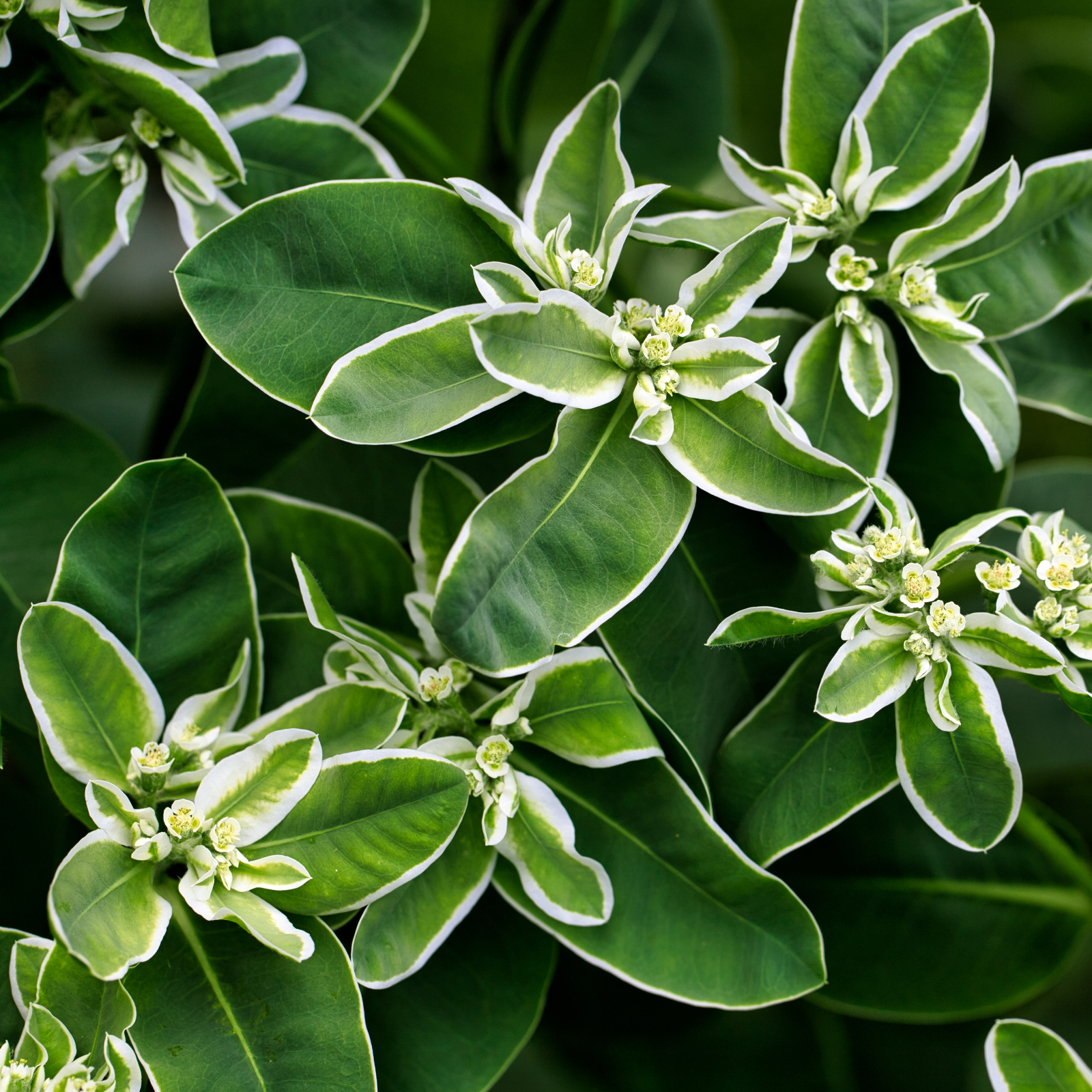 Snow On The Mountain (Euphorbia Marginata): Complete Care And Growing Guide
Snow On The Mountain (Euphorbia Marginata): Complete Care And Growing GuideSnow on the Mountain is a unique succulent plant that is native to North America. Learn all about Euphorbia marginata and how to care for it in your garden.
By Bonnie L. Grant
-
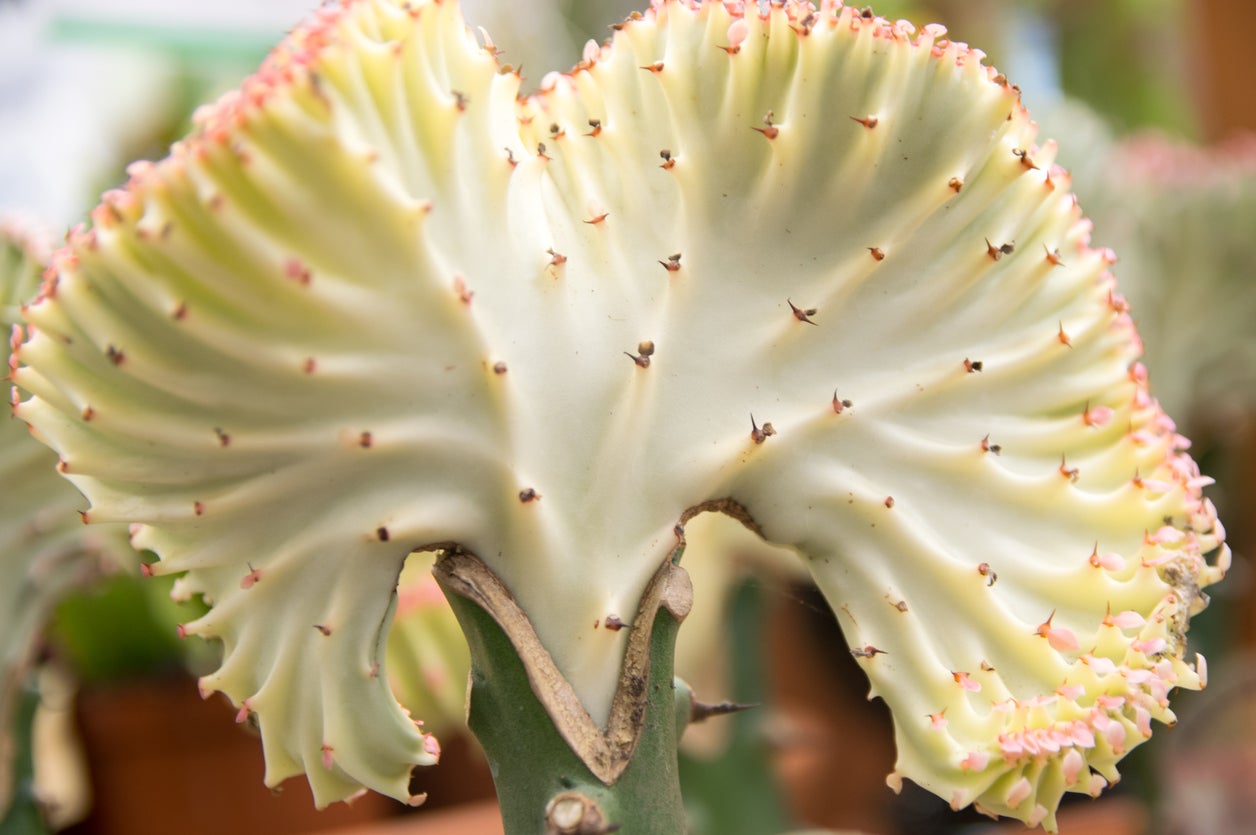 Euphorbia Stem Rot Issues – Reasons For A Rotting Candelabra Cactus
Euphorbia Stem Rot Issues – Reasons For A Rotting Candelabra CactusCandelabra cactus stem rot, also called euphorbia stem rot, is caused by a fungal disease. The tall stems of euphorbia begin to rot at the top of the limbs once the fungus takes hold. Click this article for more information about this disease.
By Becca Badgett
-
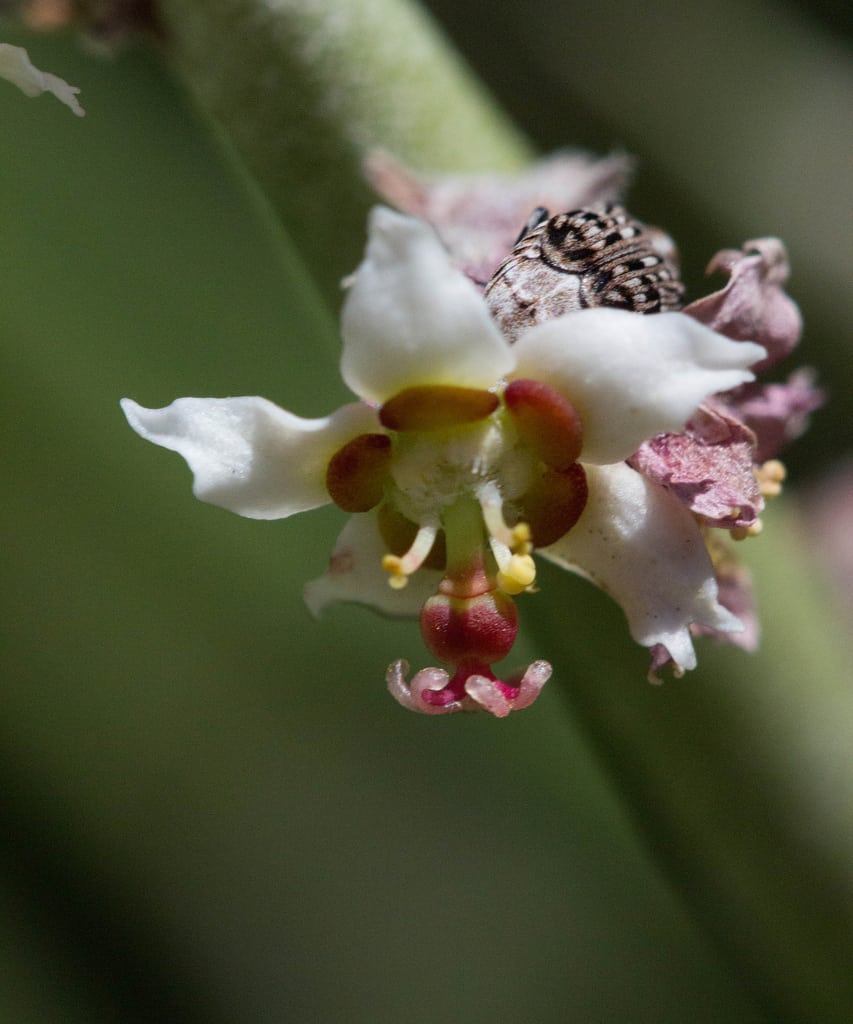 What Is A Candelilla Plant – How To Grow A Wax Euphorbia Succulent
What Is A Candelilla Plant – How To Grow A Wax Euphorbia SucculentSucculent lovers should definitely have a wax euphorbia succulent in their collection. There are no serious pests or disease associated with this plant and it has an ease of care which appeals to forgetful gardeners. Learn about growing a candelilla euphorbia here.
By Bonnie L. Grant
-
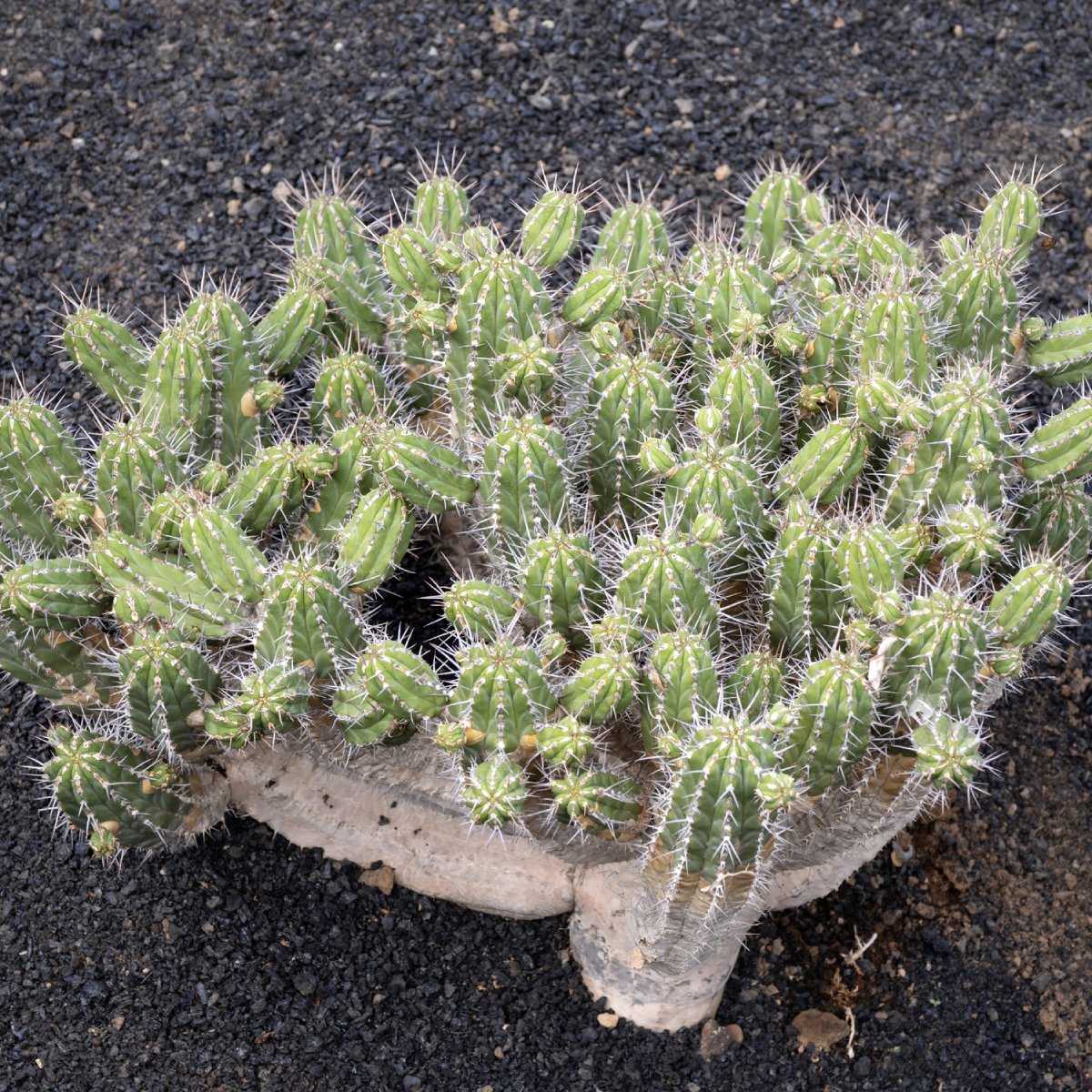 Moroccan Mound Succulents: How To Grow Euphorbia Resinifera Plant
Moroccan Mound Succulents: How To Grow Euphorbia Resinifera PlantBy Amy Grant
-
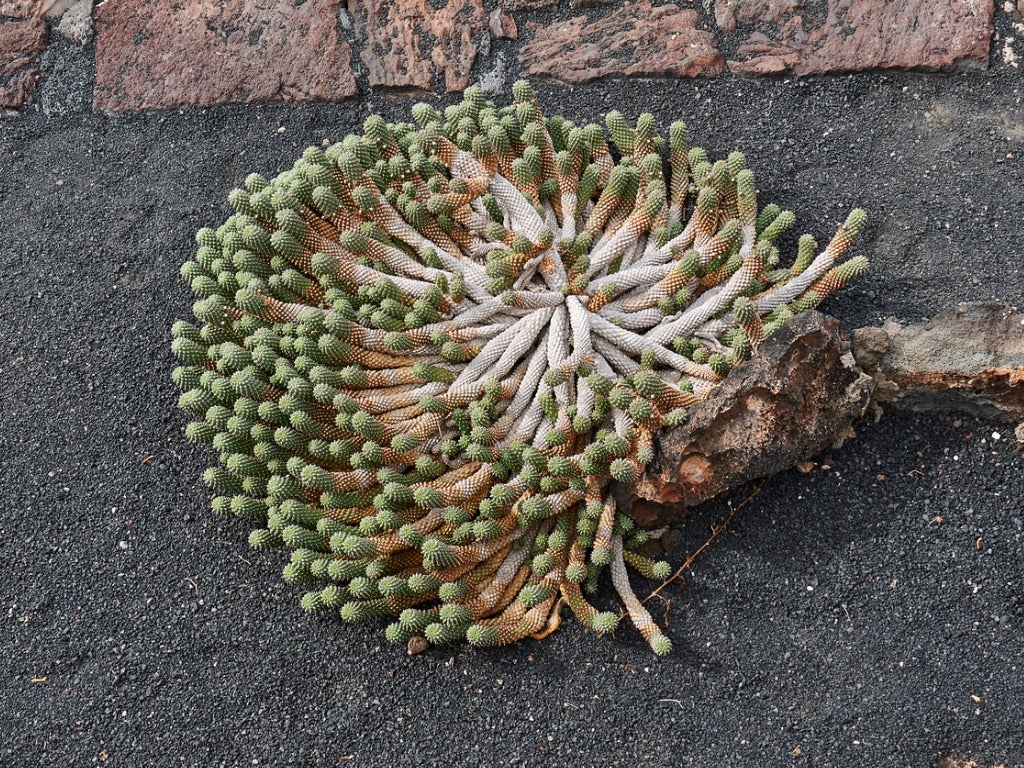 Euphorbia Medusa’s Head Care: How To Grow A Medusa’s Head Plant
Euphorbia Medusa’s Head Care: How To Grow A Medusa’s Head PlantThe genus Euphorbia boasts a number of fascinating and beautiful plants, and the Medusa's Head euphorbia is one of the most unique, with grayish-green, snake-like branches and yellowish-green blooms. Want to learn how to grow a Medusa's Head? Click here.
By Mary H. Dyer
-
 Caring For Dragon Bone Plants – Learn How To Grow Dragon Bones
Caring For Dragon Bone Plants – Learn How To Grow Dragon BonesDragon bone euphorbia is an elegant and structurally unique plant that can live on the patio in summer as long as it is brought indoors before cool temperatures arrive. Learn more about the plant and how to grow it in this article.
By Bonnie L. Grant
-
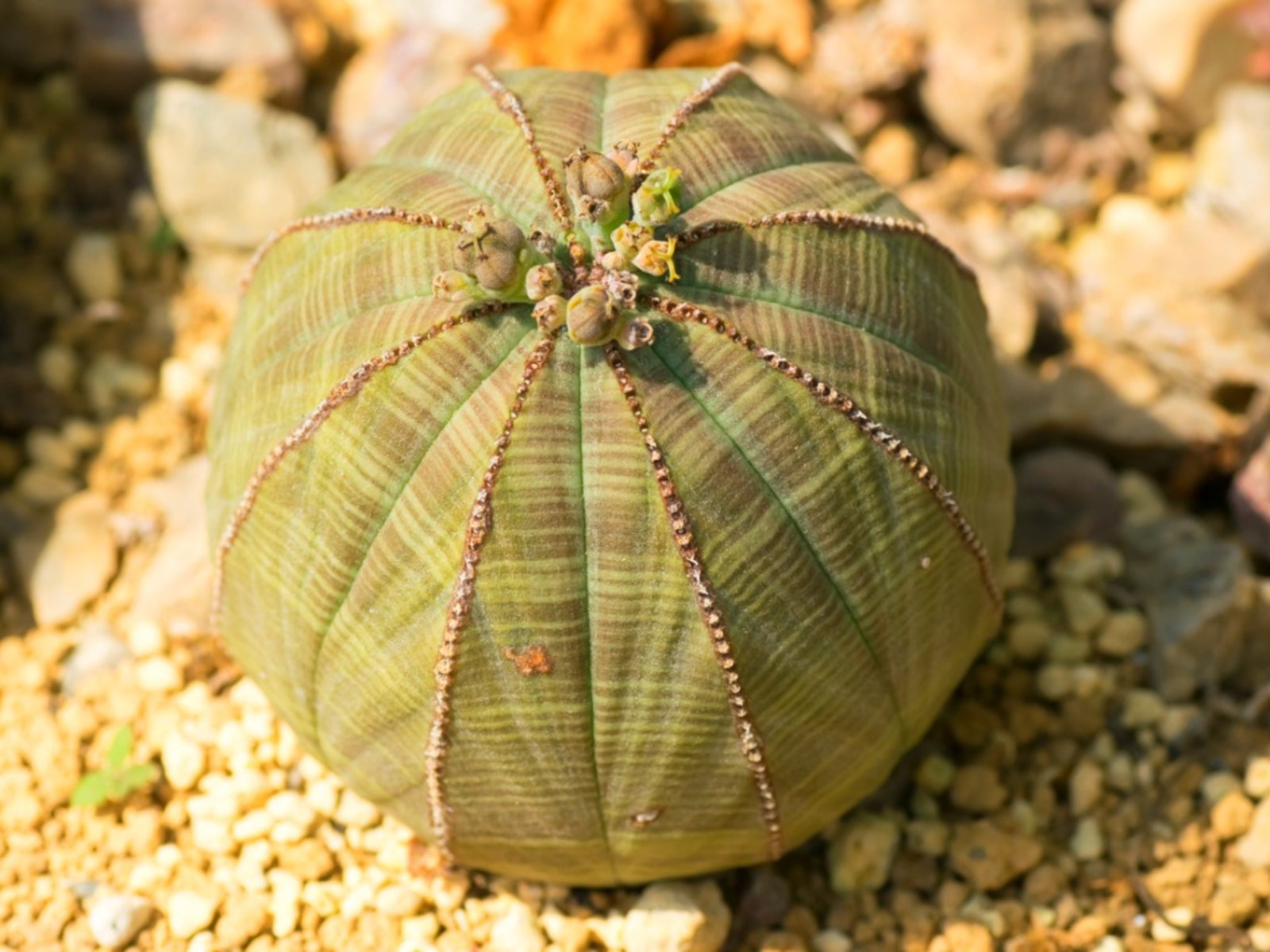 Baseball Plant Info: How To Grow Baseball Euphorbia
Baseball Plant Info: How To Grow Baseball EuphorbiaEuphorbia obesa, also called baseball plant, forms a ball-like segmented shape that is adapted to hot, arid climates. Euphorbia baseball plant makes an excellent houseplant and is low maintenance. Read here to learn more about it.
By Bonnie L. Grant
-
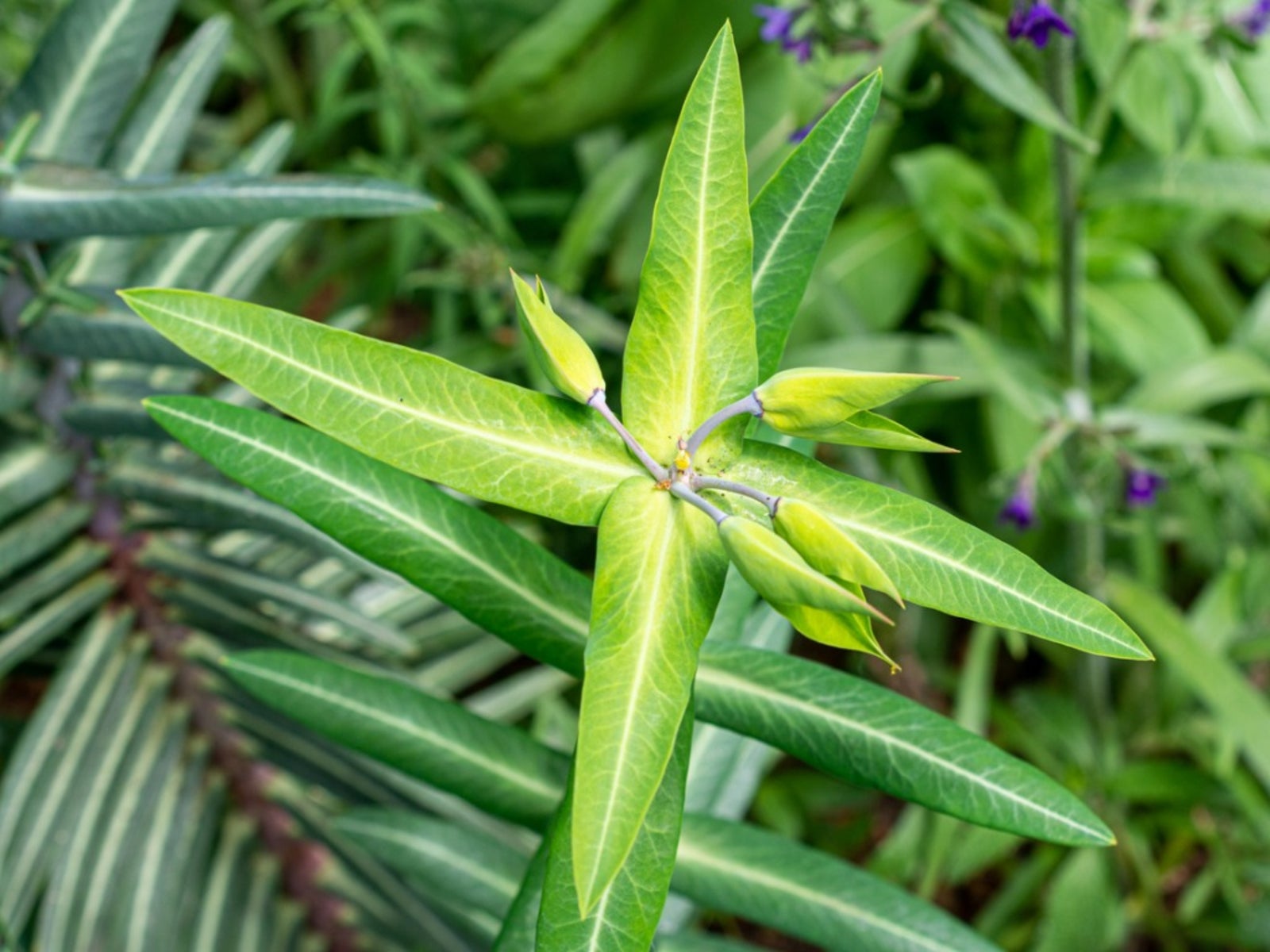 What Is Mole Plant Euphorbia: Information On Grow A Mole Spurge Plant
What Is Mole Plant Euphorbia: Information On Grow A Mole Spurge PlantYou've probably seen the mole plant euphorbia blooming in pastures or meadows, but if you're not familiar with the name, you may wonder, "What is a mole plant?". Read here to find out more.
By Becca Badgett